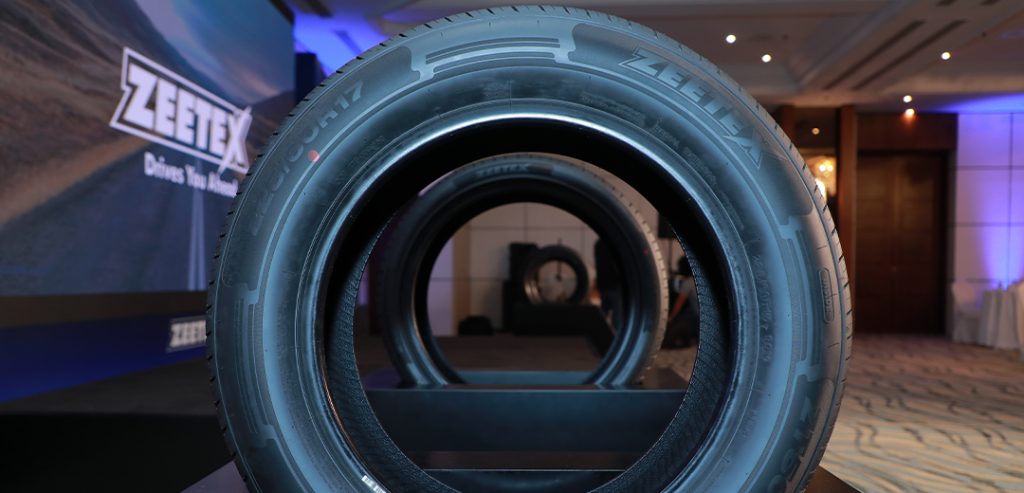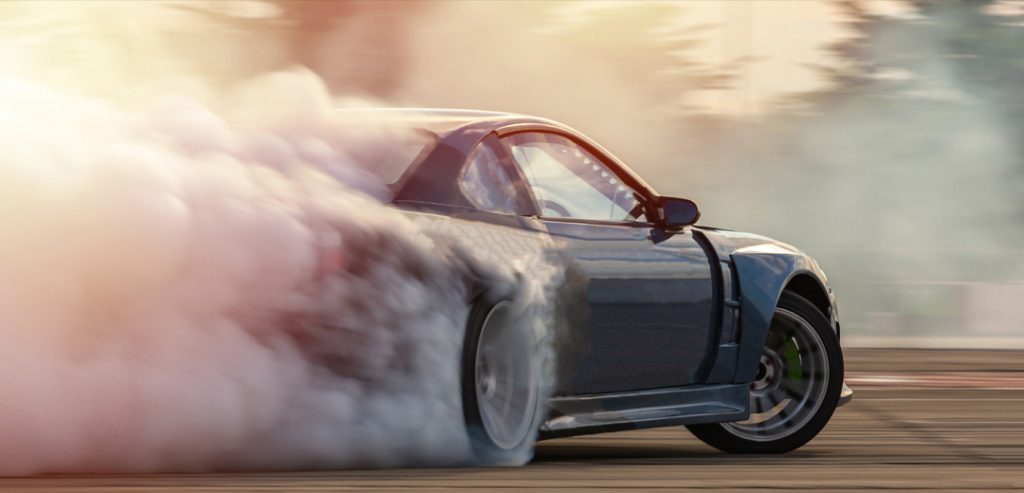Today, the automotive industry offers a wide range of vehicles suitable for different terrains and driving situations, from passenger cars to SUVs, economy to luxury. With this, there is also a diverse range of car tyres designed to meet these various requirements. Each tyre class has unique features that set it apart from others, including run-flat, all-terrain, road, racing, 4×4, or highway.
Two commonly known car tyres are normal tyres and racing tyres, which often raise queries about their dissimilarity. They both drive on paved roads, but are they that different? In this article, we will look at the fundamental distinctions between road and racing tyres to learn more about them.

How are road tyres and racing tyres similar?
The tyre’s structure and elements are shared by road tyres and racing tyres, despite serving different purposes. These include:
- Tyre Carcass
The tyre carcass is the fundamental internal structure and framework of any car tyre. For both road and racing tyres, the tyre carcass is made of steel, nylon, rayon, and polyester. It provides the tyre with strength, form, stability, and structure while being flexible enough to absorb shocks and bear the compressed air pressure as the tyre is refilled with air.
- Rubber Tyres
Both road and racing tyre surfaces are made using rubber compounds. The rubber when created in various thread patterns helps sustain the tyres longer despite the conditions and temperatures. However, this is also one of the most significant distinctions, which we shall discuss further later.
- Tyre Tread and Tread Pattern
The tyre tread is what makes direct contact with the road and is intended to protect the tyre from road debris and other hazards. It creates diverse tread patterns by carefully placing blocks and grooves around the tyre perimeter to drain water while maintaining road grip and traction. Enough tread depth is what maintains the traction in roads for both tyres.
What are the differences?
- Tyre Compound
While both race and road tyres are made of rubber, there is a significant difference in the kind of rubber or the tyre compound. A distinct combination of ingredients (such as rubber, carbon, and mechanical oil) is combined with other formulas to make a tyre. The slightest modification in any of the three results in highly distinct tyre compositions, each with its performance characteristics.
For example, racing tyre compositions can contain up to 150 distinct combinations to generate a tyre that can carry a lightweight racing vehicle at high speeds for up to 120 kilometers. Meanwhile, standard road tyre compositions can last up to 16,000 kilometers or more.
- Tyre Construction
A conventional road tyre is constructed of tough rubber and steel or Kevlar-plated radial plies, whereas racing tyres are built of a polymer composition with a dual layer of particulate carbon, which promotes enhanced stability and grip levels.

- Force
Another area of distinction between road and racing tyres is the amount of force given to each tyre. Road tyres do not typically travel at 200 km/h, unlike race tyres. Road tyres do not need to have the same force capability as racing tyres, which are continually subjected to high downforce, air, and rolling resistance.
- Speed
Racing tyres are designed to let cars go faster for shorter periods of time, usually for the life of the tyre. This is achieved by using a softer rubber compound that provides better grip and traction on the track. In contrast, road tyres are designed for everyday use and are generally not capable of achieving the same high speeds as racing tyres. However, road tyres offer better longevity and are more durable over longer periods of time.
- Temperature
Racing tyres generate a lot of heat due to the high speeds they are capable of achieving. This is why they are designed to dissipate heat quickly and efficiently. Road tyres, on the other hand, are designed to withstand a wider range of temperatures and are more resistant to heat buildup. This makes them better suited for everyday use in a variety of weather conditions.
- Tyre Tread and Pattern
When new, a typical road tyre has around 10 to 13mm of tread. The tread design is usually made up of a variety of blocks and grooves that provide good wet and dry traction. Racing tyres, on the other hand, often have a smooth surface with little or no tread pattern. This is because a smooth surface provides better contact with the road, which is crucial for achieving high speeds on the track. Some racing tyres also feature grooves to provide better grip in wet conditions.
- Air and Nitrogen
Most tyres are filled with compressed air. However, some racing tyres are filled with nitrogen. This is because nitrogen is less likely to expand and contract with temperature changes, which helps to maintain tyre pressure and improve overall performance. Nitrogen is also less likely to cause corrosion, which can extend the life of the tyre.
In conclusion, road tyres are ideal for everyday use. They are durable, reliable, and cost-effective. If you’re in the market for new tyres, be sure to check out Zeetex Tyres’ extensive selection of passenger car tyres. With a variety of options to choose from, you’re sure to find the perfect tyres for your needs.




